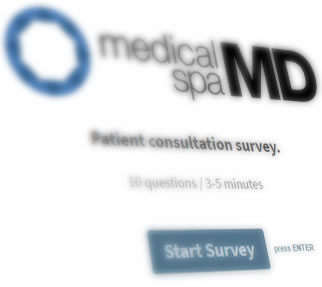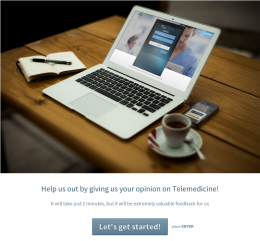What's Killing Your Cosmetic Practice Profits?
/If you haven't watched this video, do it now and learn what top performing cosmetic practices are doing that you're not.
Hint: It's your internal systems.
A few weeks ago we sent a survey to 472 physicians asking about efficiency and productivity in their clinic or practice. Here's just a little of what we found out:
- Over 9/10 of physicians said that their clinic operated at less than 80% efficiency, and 4 out of 10 said that their clinic efficiency was below 60%!
- Physicians reported this "productivity gap" costs their clinic between $5k and $40k in lost revenue every month.
- When I asked them what doesn't work, the most common responses: "lack of systems" (44%), "wasted time and effort" (50%), and "micro-management" (40%).
There is a better way that can pull you out of the micro-managing, hair-on-fire, unproductive daily grind and put you in a position where you're working ON your business, not IN your business. Take a look at the Ultimate Clinic Operations Blueprint.










